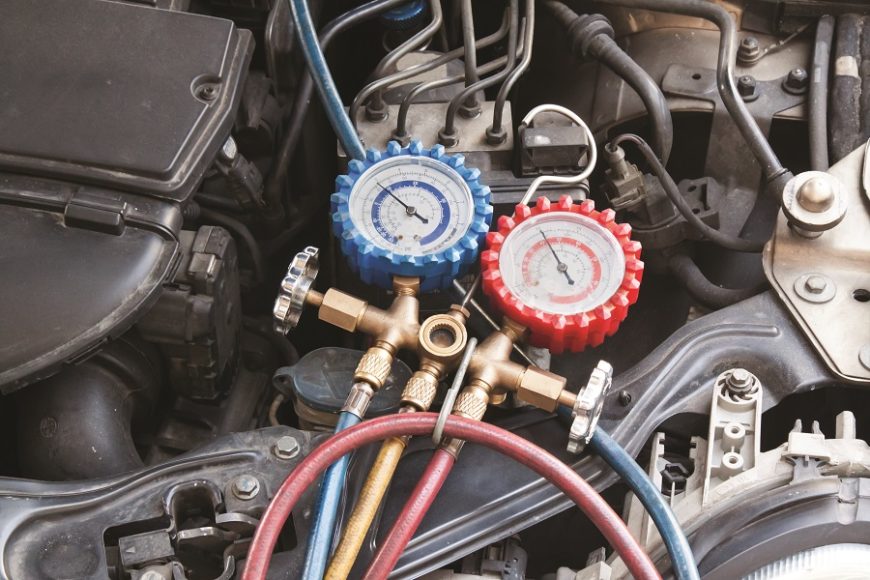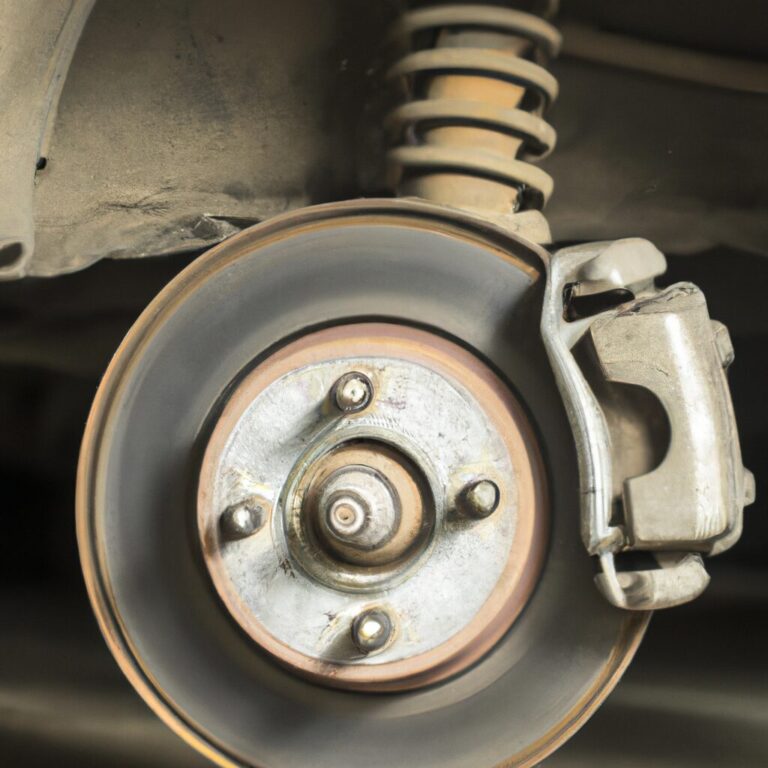How to Diagnose My Car
To diagnose your car, start by checking for any error codes with an OBD-II scanner. Diagnosing your car’s issues early can save you time and money in the long run.
Regular maintenance and proactive troubleshooting are essential for the health and longevity of your vehicle. By learning how to diagnose common car problems, you can address issues promptly and prevent costly repairs down the line. Understanding the symptoms and potential causes of car troubles will empower you to make informed decisions about when to seek professional help and when to tackle the issue on your own.
With the right approach and tools, you can stay on top of your car’s maintenance and keep it running smoothly for years to come.
Common Car Problems
Diagnosing car issues can be a daunting task, but familiarizing yourself with common car problems can help you identify and address issues before they become major headaches.
Engine Issues
One of the most common car problems involves the engine. If you experience rough idling, stalling, or abnormal noises coming from the engine, it could signal issues with the fuel system, ignition system, or exhaust system.
Electrical Problems
If your car’s electrical system is acting up, you might notice issues with the lights, power windows, or the car’s starting mechanism. Dimming lights, flickering dashboard lights, and a non-responsive starter motor are all red flags for electrical problems.
Brake System Malfunctions
Your car’s brake system is crucial for safety. Common indicators of brake problems include squealing or grinding noises, a soft brake pedal, or the dashboard brake warning light illuminating. Addressing brake issues promptly is essential for safe driving.

Credit: www.jdpower.com
Diagnostic Tools And Techniques
Onboard Diagnostic (obd) Scanner
Connect OBD scanner to your car’s port for error code readings.
Visual Inspection
Look for any leaks, cracks, or damaged components under your car.
Listen For Strange Noises
Pay attention to any unusual sounds like squeaks or rattles.
Steps To Diagnose Car Problems
Identify The Symptoms
- Listen for strange noises or vibrations while driving.
- Pay attention to any dashboard warning lights.
Research The Problem
- Use your vehicle’s manual to understand common issues.
- Search online forums for similar symptoms and solutions.
Perform Initial Checks
- Check fluid levels including oil, coolant, and transmission fluid.
- Inspect belts, hoses, and wires for wear or damage.
Troubleshooting Specific Car Issues
When it comes to troubleshooting specific car issues, being able to diagnose and detect problems with your vehicle is a valuable skill. By understanding common issues, such as engine won’t start, battery drain problems, and squeaky brakes, you can save time and money on unnecessary repairs. Let’s delve into the process of diagnosing these specific car issues to ensure your vehicle remains in top-notch condition.
Engine Won’t Start
If your engine won’t start, it can be due to several reasons. Start by checking the battery, fuel supply, and ignition system. Ensure the battery terminals are clean and tight, and the fuel supply is adequate. Also, inspect the ignition system for any signs of malfunction. If these don’t resolve the issue, consider seeking professional help.
Battery Drain Issues
Battery drain problems are common and can be frustrating. To diagnose battery drain issues, start by checking for any parasitic drains by doing a battery drain test. Inspect the electrical system, including the alternator and starter, to identify any faults. Additionally, perform a voltage test to ensure the battery is operating at optimum levels.
Squeaky Brakes
Squeaky brakes can be a safety concern and also cause annoyance. To address this issue, start by inspecting the brake pads and rotors for any signs of wear and tear. Consider applying lubricant to the brake components to reduce friction and eliminate the squeaking noise. If the problem persists, it’s advisable to seek professional assistance for brake system inspection and maintenance.
When To Seek Professional Help
Diagnosing car problems can be a challenging task, but there are times when it’s best to leave it to the experts. Here are three situations where seeking professional help is the smart choice:
Complex Electrical Problems
When faced with complex electrical issues in your car, it’s crucial to consult a professional. Electric systems in vehicles have become increasingly intricate, and attempting a DIY diagnosis can lead to further damage. Certified technicians possess the knowledge and experience to properly identify and fix these complex problems, ensuring both your safety and preventing unnecessary costs down the road.
Transmission Or Engine Issues
If you’re experiencing transmission or engine problems, it’s wise to seek professional assistance promptly. These vital components can be tricky to diagnose, requiring specialized tools and expertise. Continuing to drive a car with transmission or engine issues can result in severe damage and even complete vehicle failure. A professional mechanic will efficiently pinpoint the root cause and provide reliable solutions, saving you time, money, and stress.
Unidentified Noises
Unfamiliar sounds coming from your car can be alarming, indicating a potential problem. Attempting to identify these noises yourself can be a daunting task, as many factors can contribute to their origin. Consulting a professional is the safest and most efficient approach. Certified mechanics use their trained ears and diagnostic tools to determine the source of the noise, ensuring the correct repair is carried out promptly and preventing any further complications.

Credit: www.autozone.com

Credit: m.youtube.com
Frequently Asked Questions On How To Diagnose My Car
How Can I Diagnose My Car Myself?
To diagnose your car yourself, start by using an OBD-II scanner to check for any error codes. Then, visually inspect your car’s fluids, hoses, and belts for any leaks or damage. Finally, listen for any unusual noises and observe any abnormal behaviors while driving.
How Do I Run A Diagnostic Test On My Car?
To run a diagnostic test on your car, use an OBD-II scanner. Plug the scanner into the port under the dashboard. Turn on the ignition and follow the prompts on the scanner’s screen. The scanner will read and display any error codes, helping you identify issues.
Can I Do My Own Car Diagnostic Test?
Yes, you can do your own car diagnostic test using an OBD-II scanner. Simply plug it into your car’s port to retrieve error codes and diagnose issues.
How Much Is A Diagnostic Test On A Car?
A diagnostic test on a car typically costs between $50 to $100. Prices may vary depending on the location and complexity of the issue.
How Can I Diagnose A Car Problem By Myself?
To diagnose a car problem on your own, you can start by checking for any warning lights on the dashboard and listening for any unusual sounds. It’s also helpful to conduct a visual inspection of the exterior and interior components for any signs of damage or wear.
Additionally, you can use a diagnostic tool to scan for any fault codes and consult the car’s manual for troubleshooting tips.
What Are The Common Signs Of Car Issues?
Common signs of car issues include strange noises, vibrations, leaks, or a decrease in performance. Other signs could include warning lights on the dashboard, difficulty starting the car, or excessive smoke from the exhaust. It’s important to pay attention to any changes in how your car drives or behaves, as these could be indicators of underlying problems.
How Do I Determine If The Engine Is The Problem?
To determine if the engine is the problem, you can look for symptoms such as misfiring, stalling, or a rough idle. You can also check the engine’s oil level and consistency, listen for any knocking or ticking sounds, and inspect the engine for leaks or visible damage.
If you suspect an issue with the engine, it is recommended to have it inspected by a professional mechanic.
Conclusion
Diagnosing your car requires careful observation and systematic testing. By paying attention to warning signs and using diagnostic tools, you can effectively identify issues and take the necessary steps to address them. Regular maintenance and timely inspection are key to keeping your car in optimal condition, ensuring a smooth and safe driving experience.

